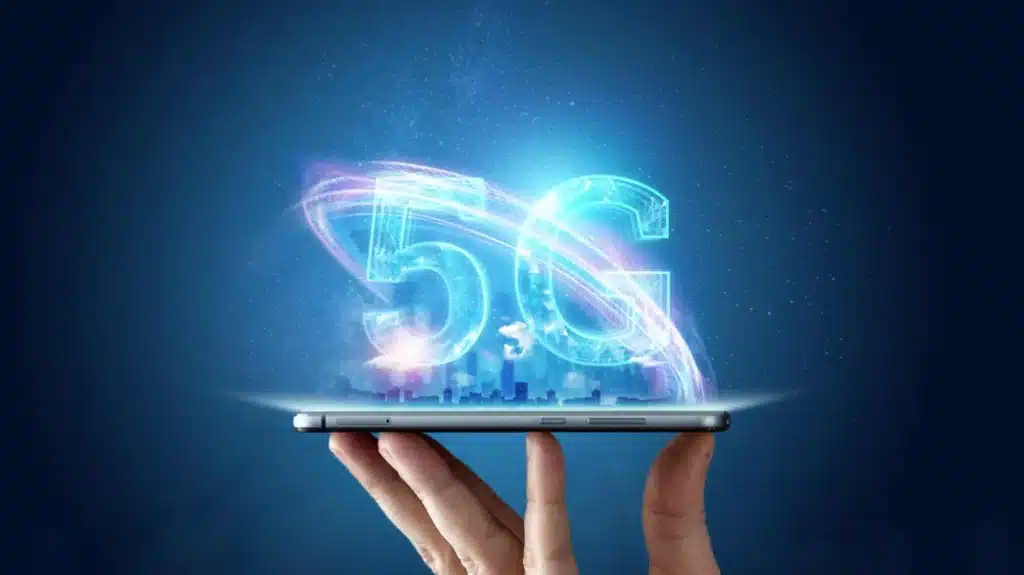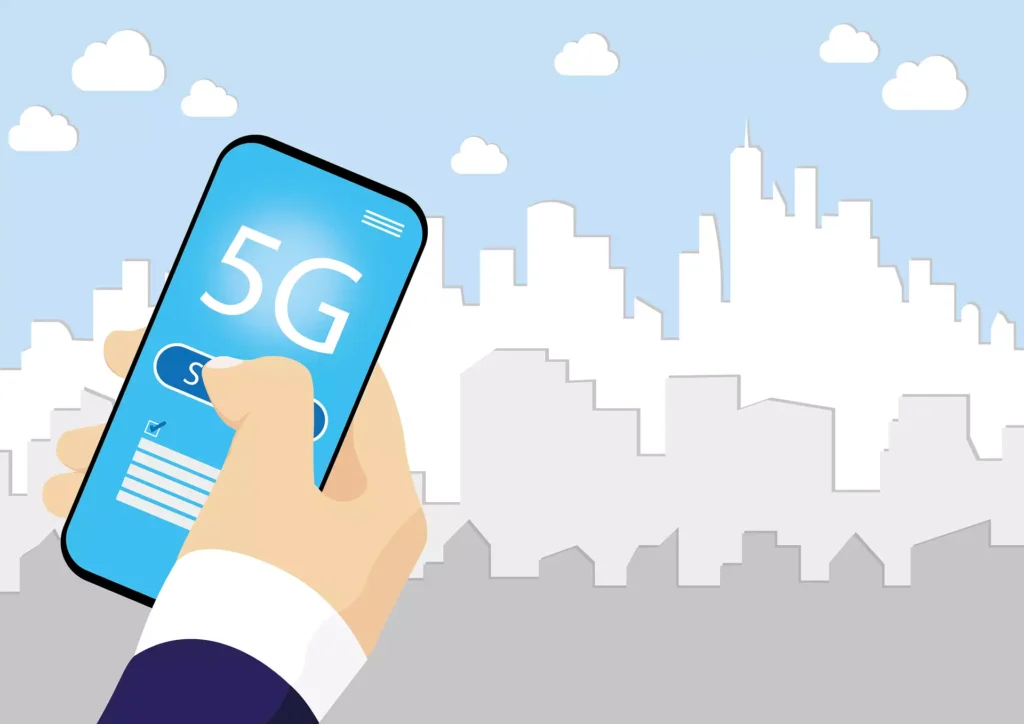As technology continues to advance, the telecommunications industry has been making strides to provide faster and more reliable internet connectivity. 5G is the next big step in this evolution, offering unparalleled speeds and low latency for a truly immersive and connected experience. In this article, we will explore how fast 5G is and what makes it possible. We’ll also take a look at the current state of 5G technology around the world and the potential impact it could have on businesses and industries. Also, we’ll examine some of the challenges that 5G technology faces and how they could be addressed.
Contents
What Makes 5G So Fast?
5G technology operates on a higher frequency band than 4G, which allows for much faster data transfer rates. While 4G operates on frequencies between 700 MHz and 2600 MHz, 5G can operate on millimeter-wave frequencies as high as 300 GHz. These higher frequencies allow for faster data transfer and lower latency, which translates into better performance.
Another key technology that enables 5G’s high speed is MIMO (multiple input, multiple outputs). This technology allows multiple antennas to send and receive data at the same time, resulting in faster data transfer and a stronger signal. In addition to MIMO, network slicing is another key technology that enables 5G’s high speed. Network slicing allows network operators to partition their networks to dedicate resources to specific use cases, such as IoT or mission-critical services, ensuring faster and more reliable connectivity.
While 5G technology promises to deliver speeds up to 10 Gbps, the actual speeds that users experience can vary depending on a variety of factors, including network congestion, distance from the tower, and device capabilities. Additionally, the maximum theoretical speed of 5G is only achievable in perfect conditions, and it is important to keep in mind that real-world conditions are often less than ideal. That being said, early test results have shown that 5G is so much faster compared to 4G. For example, in a test conducted by Verizon in Chicago, users were able to achieve download speeds of up to 2 Gbps. In another test conducted by T-Mobile in New York City, users were able to achieve download speeds of up to 1.8 Gbps.
5G Speed Around the World & Advantages
It’s just level 1 for 5G technology, but it is already making waves around the world. As of 2021, there are over 160 5G commercial networks live in more than 60 nations, and those stats are sure to grow rapidly in the coming years. Some countries are leading the way when it comes to 5G speed. For example, in a report by OpenSignal, South Korea has the fastest 5G speeds in the world, with an average download speed of 354 Mbps. Other countries with fast 5G speeds include Taiwan, the United Arab Emirates, and Switzerland.
Also, the high speeds and low latency offered by 5G technology have the potential to revolutionize many industries. For example, the healthcare industry could benefit from 5G’s ability to support remote monitoring and telemedicine, while the transportation industry could use 5G to support connected cars and autonomous vehicles. Additionally, 5G could help to drive innovation in the manufacturing industry, enabling the use of augmented and virtual reality to improve design and training processes. The entertainment industry could also benefit from 5G’s high speeds, allowing for faster downloads and better streaming quality.
The Takeaway
5G technology offers a significant improvement over 4G, providing faster speeds, lower latency, and the potential to revolutionize many industries. While there are challenges that must be addressed, the benefits of 5G are too significant to ignore. As 5G networks continue to envelop the world, we can expect to see new innovations and applications emerge that take advantage of this exciting new technology.




